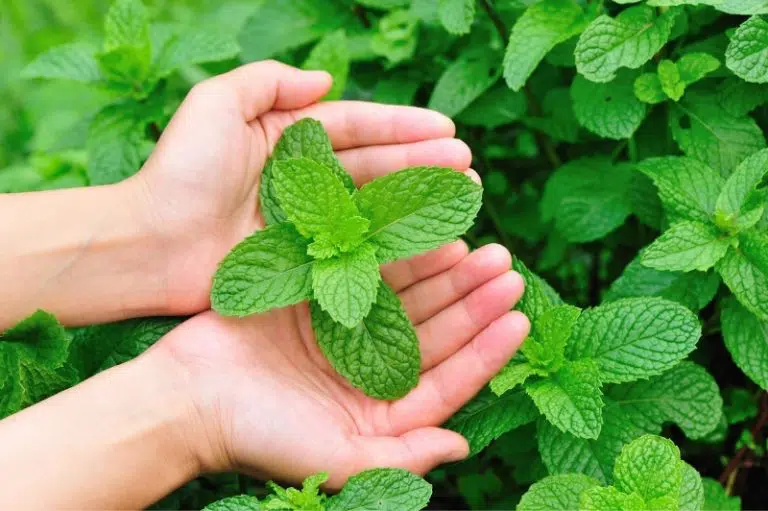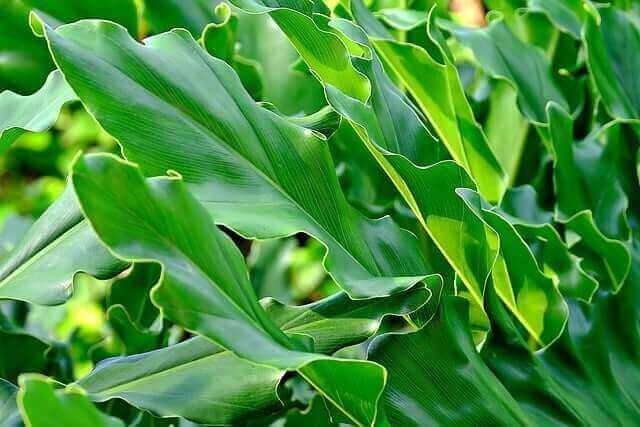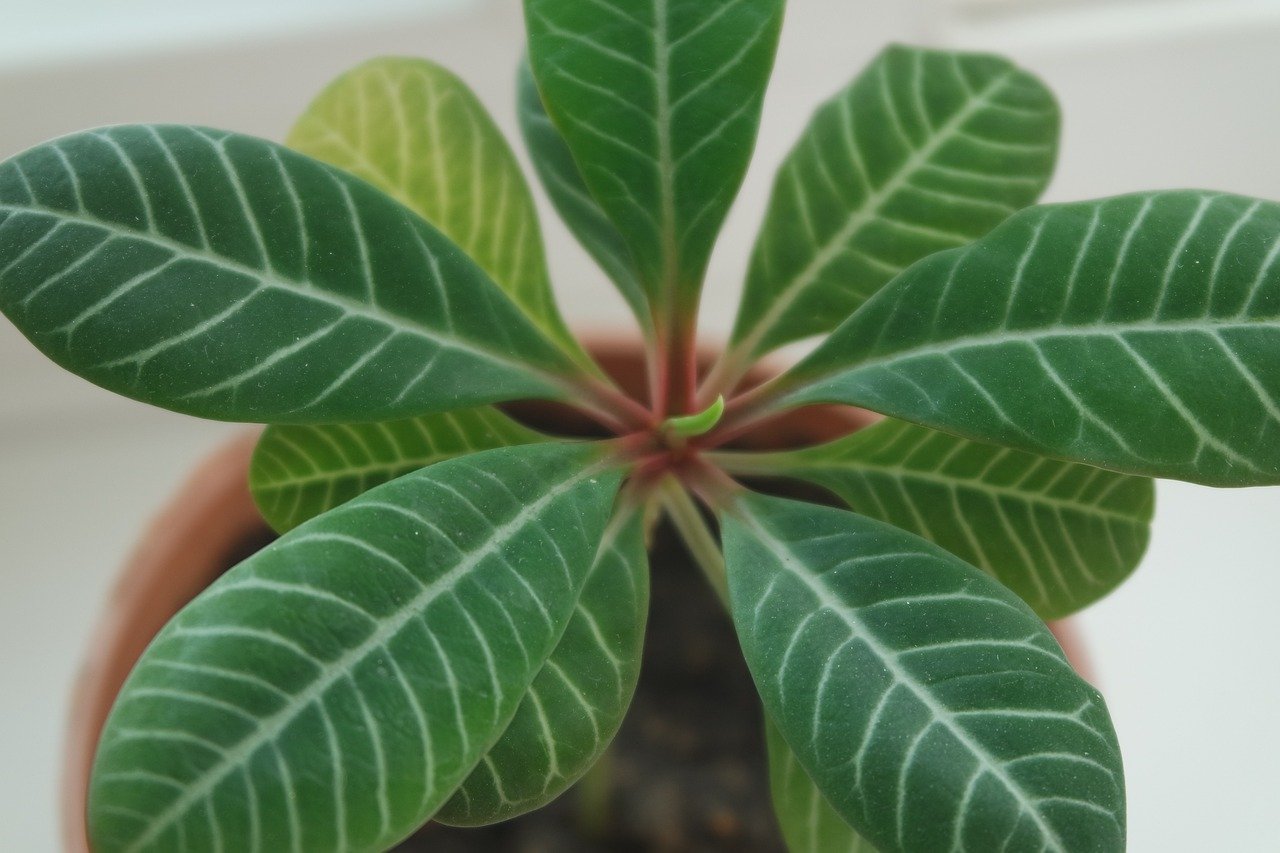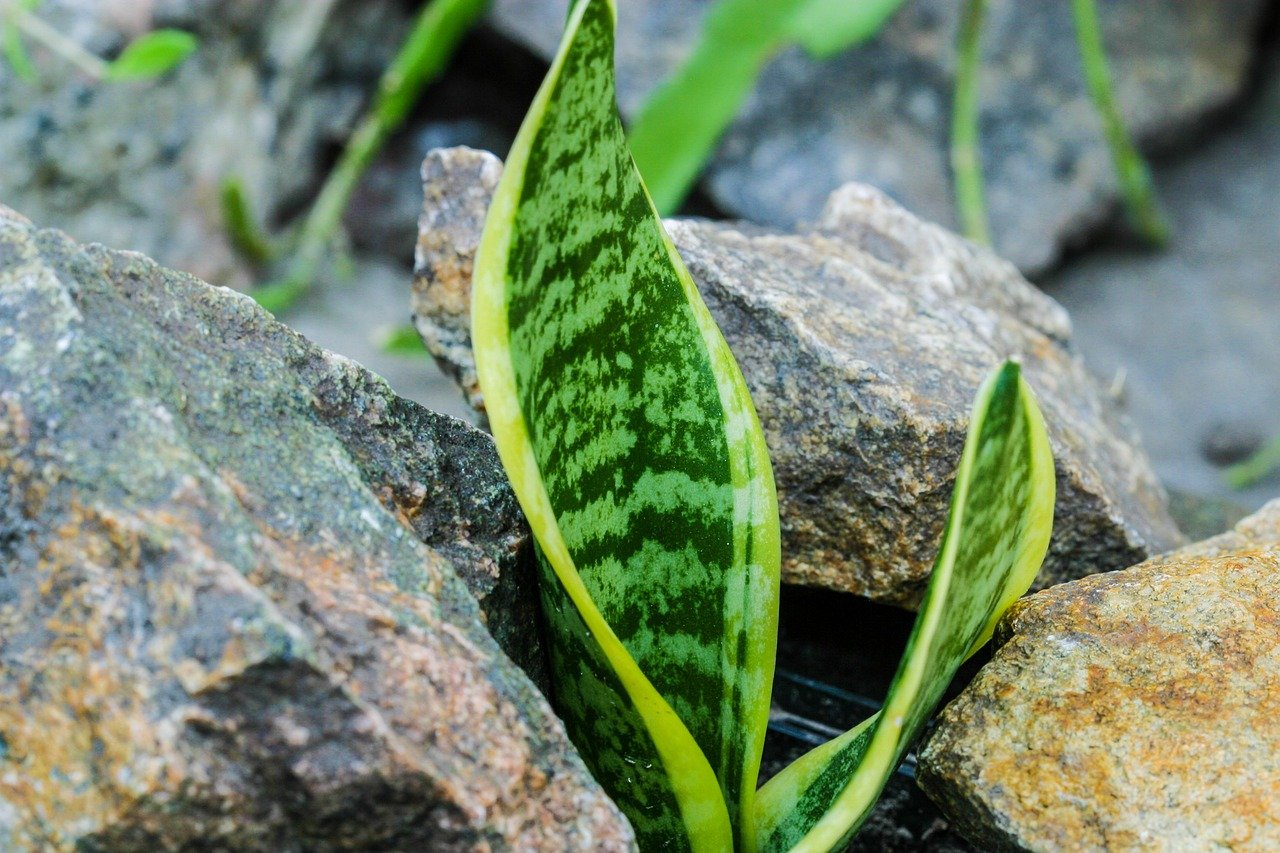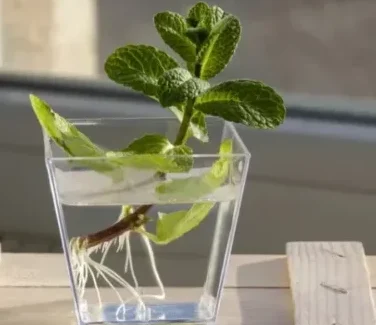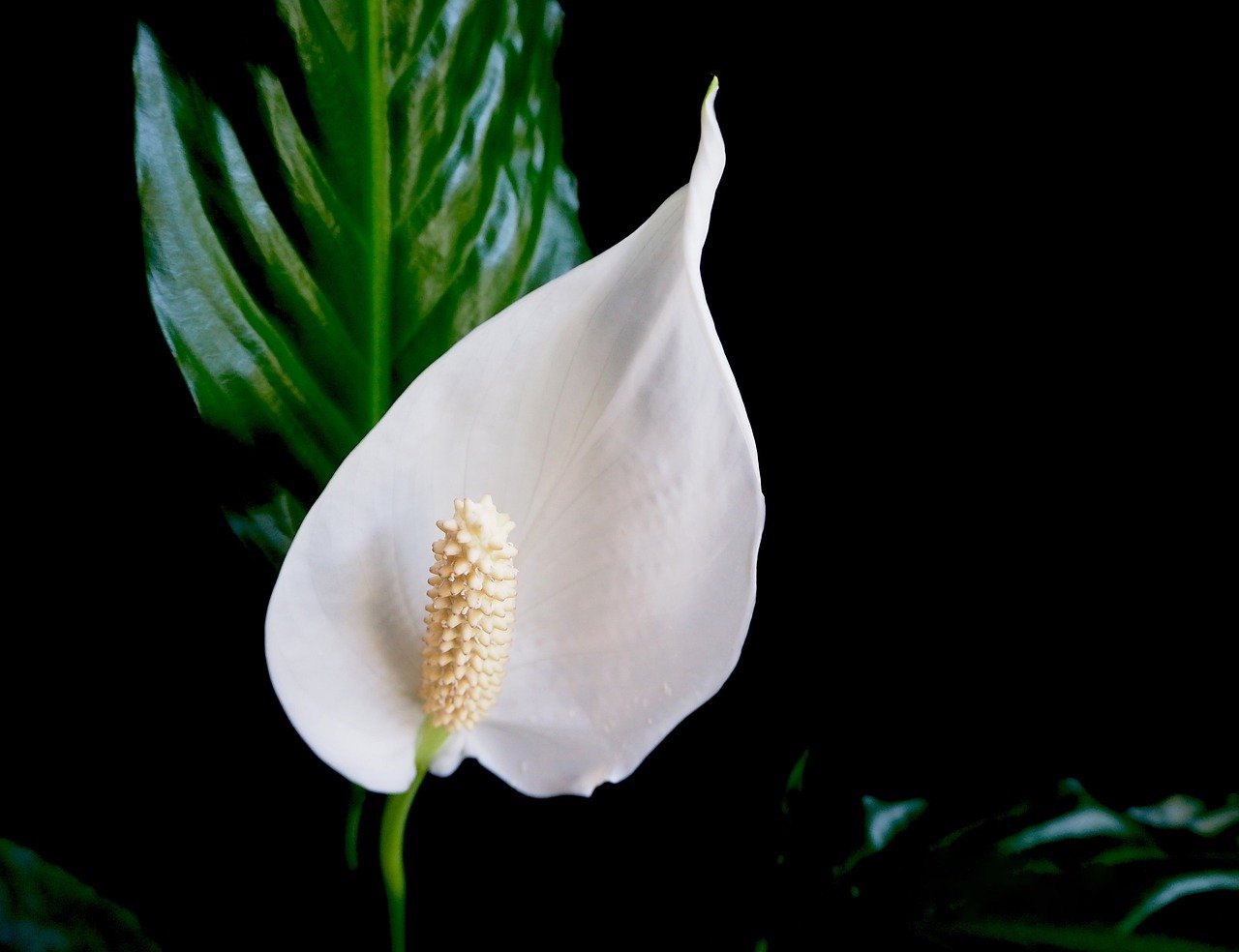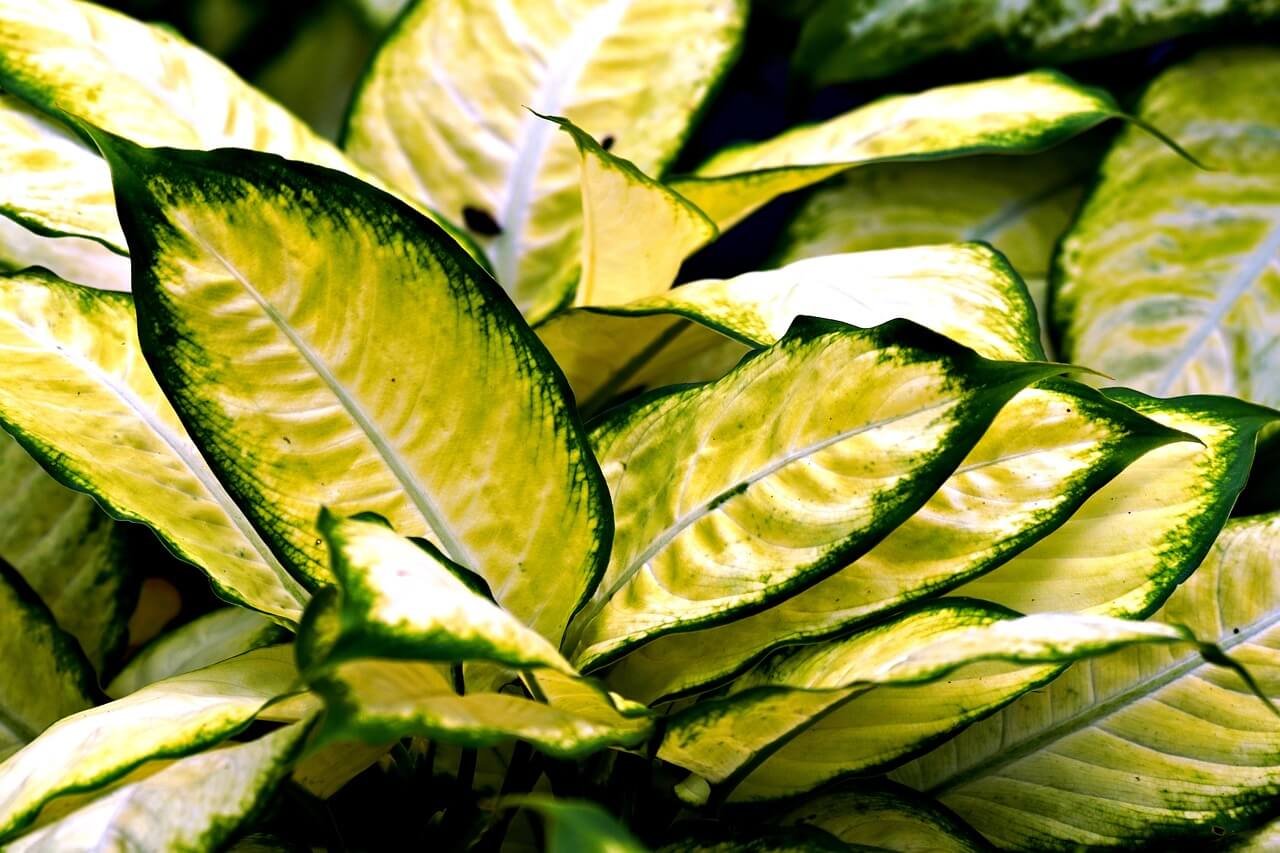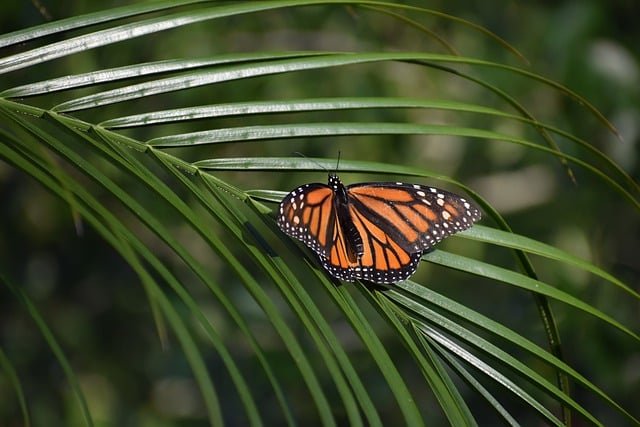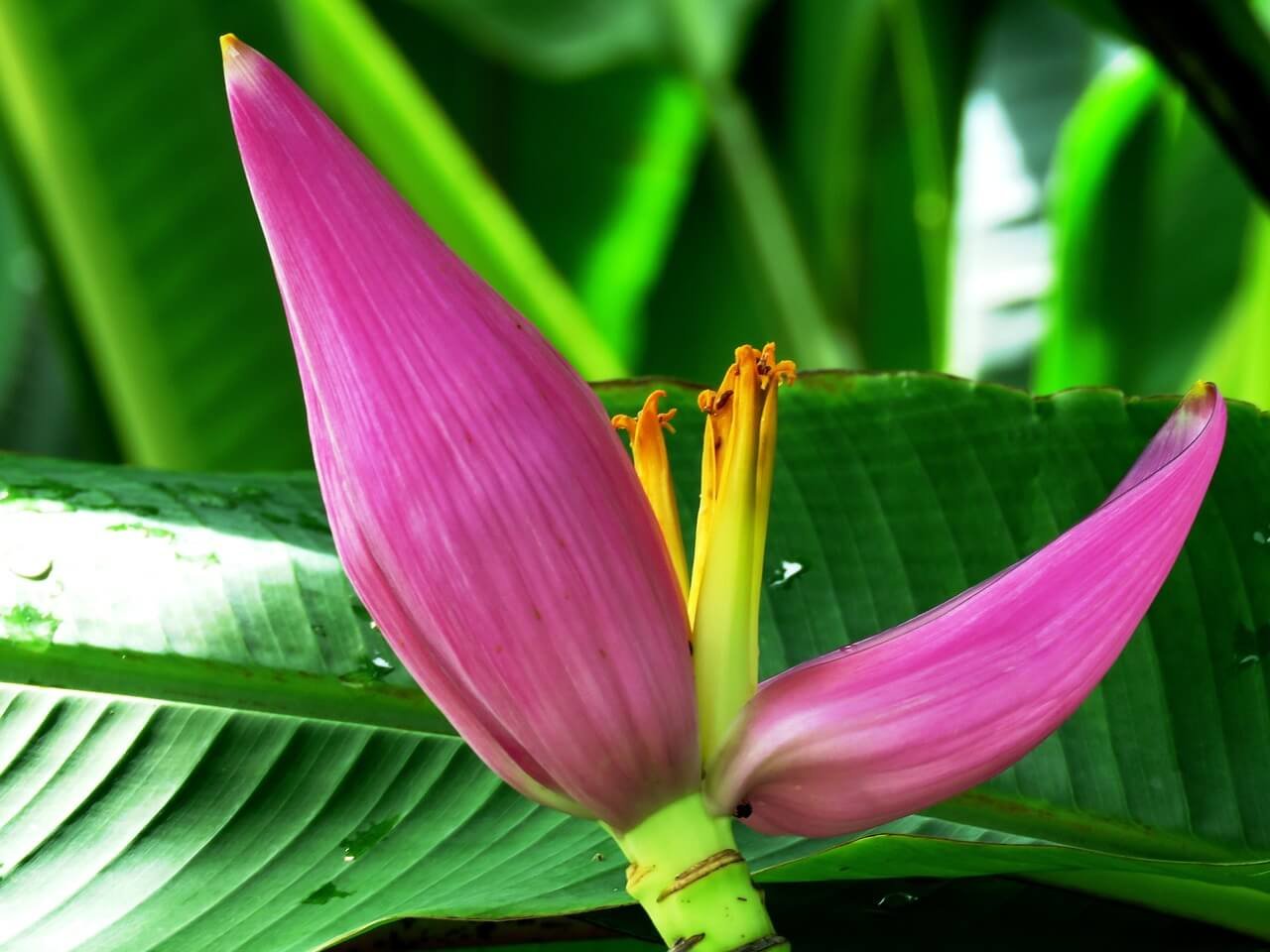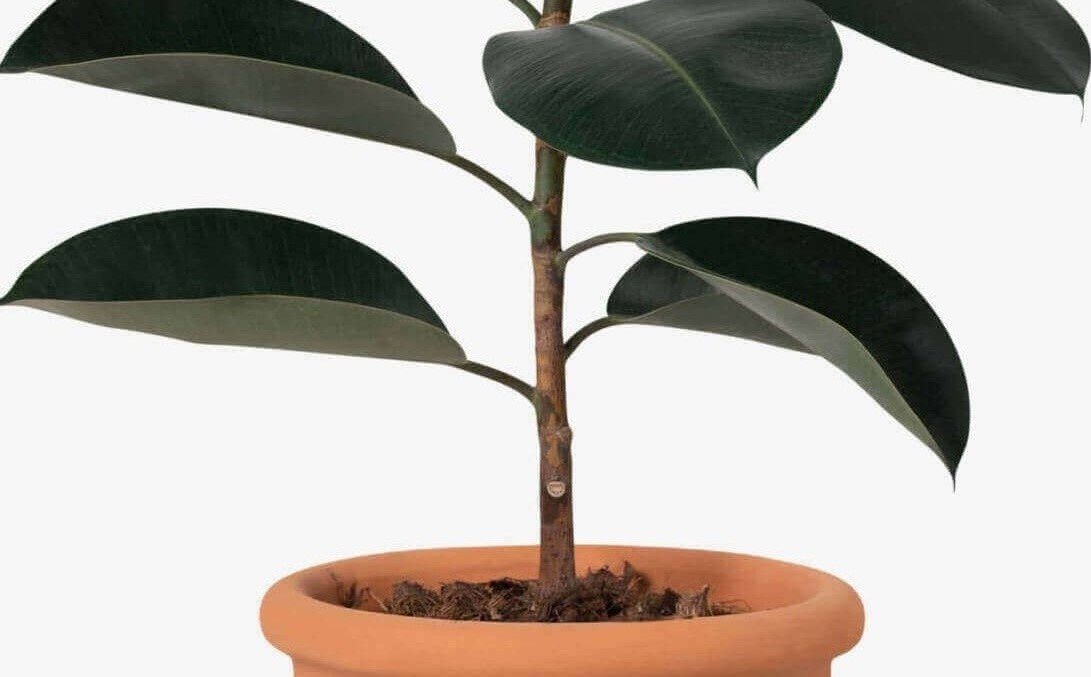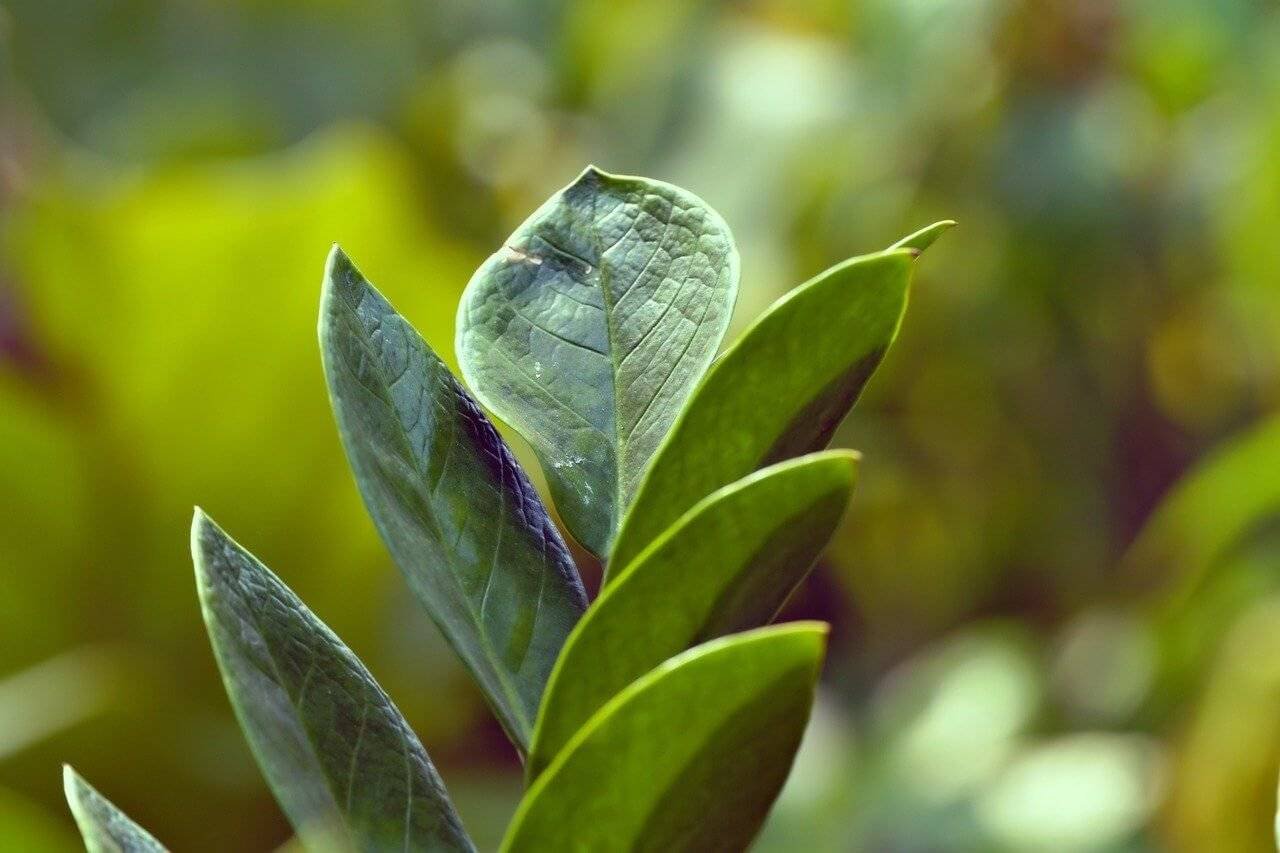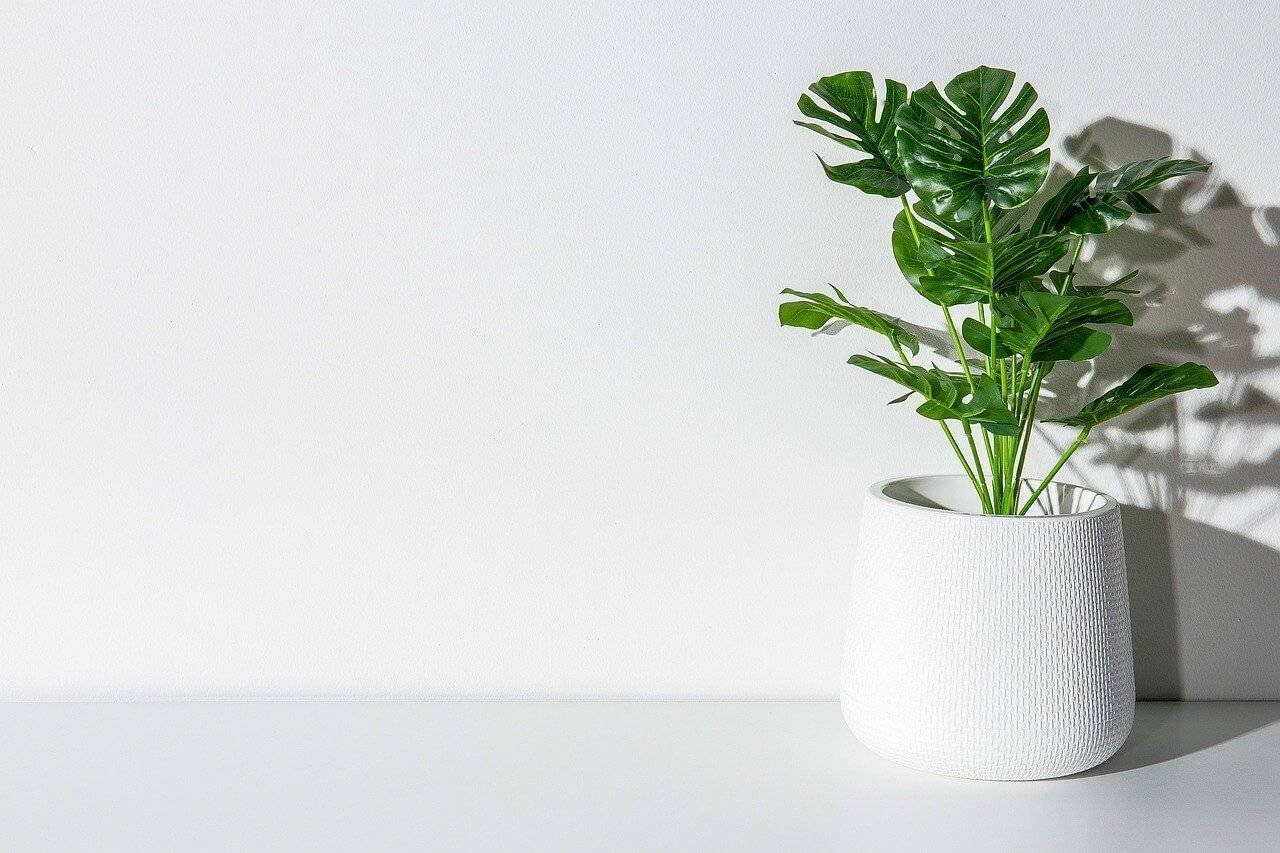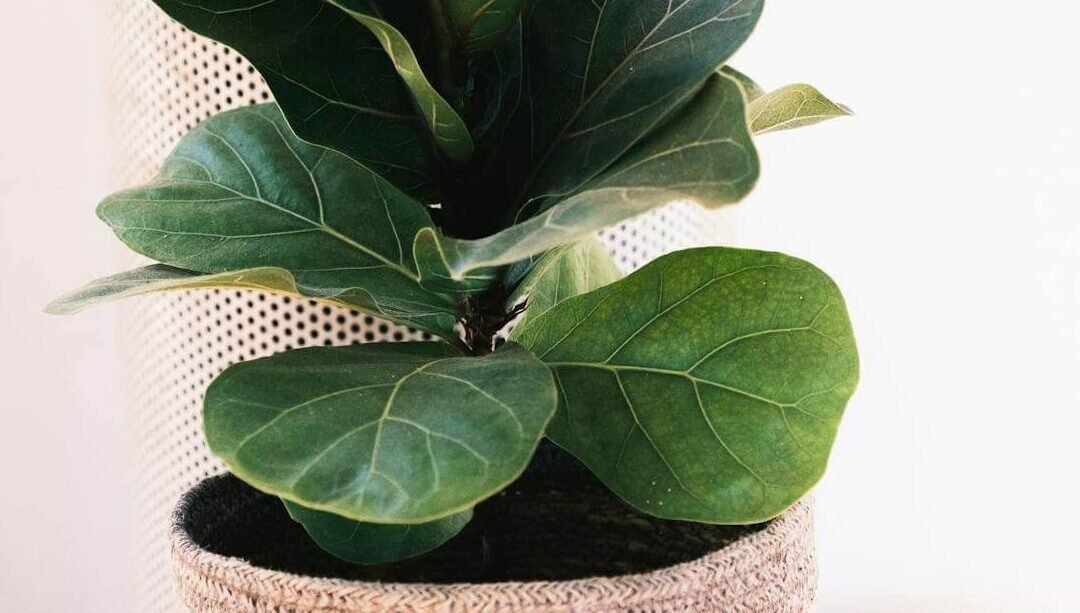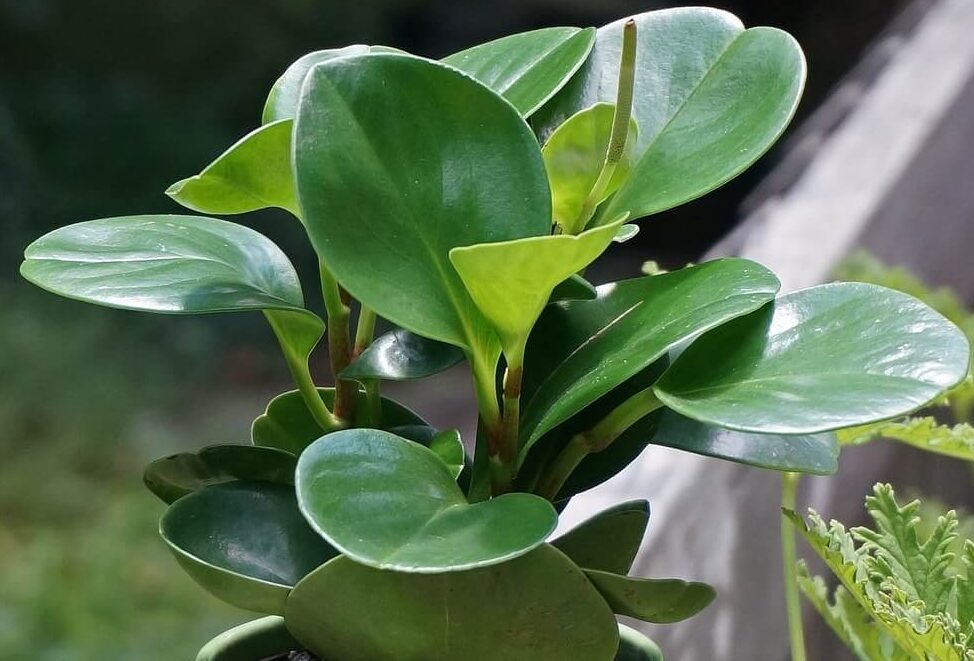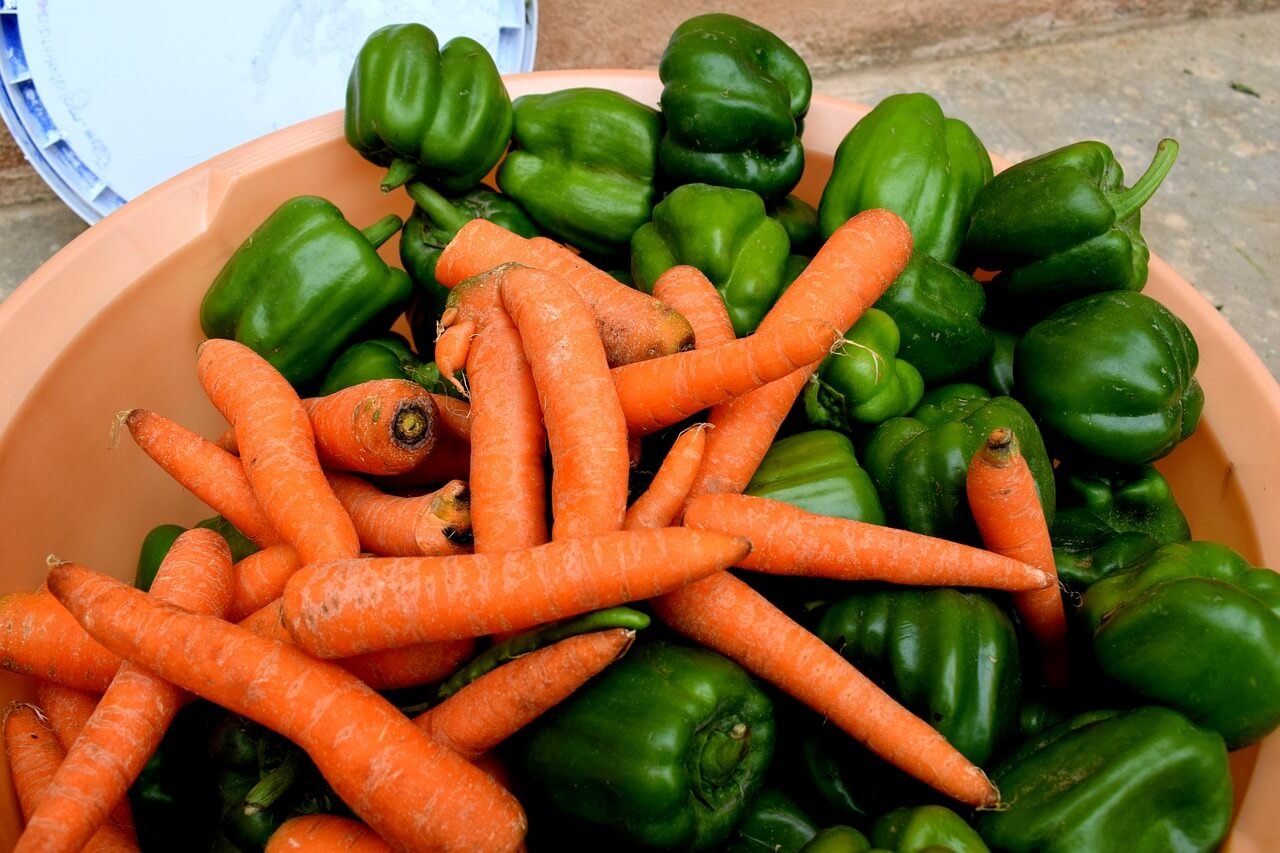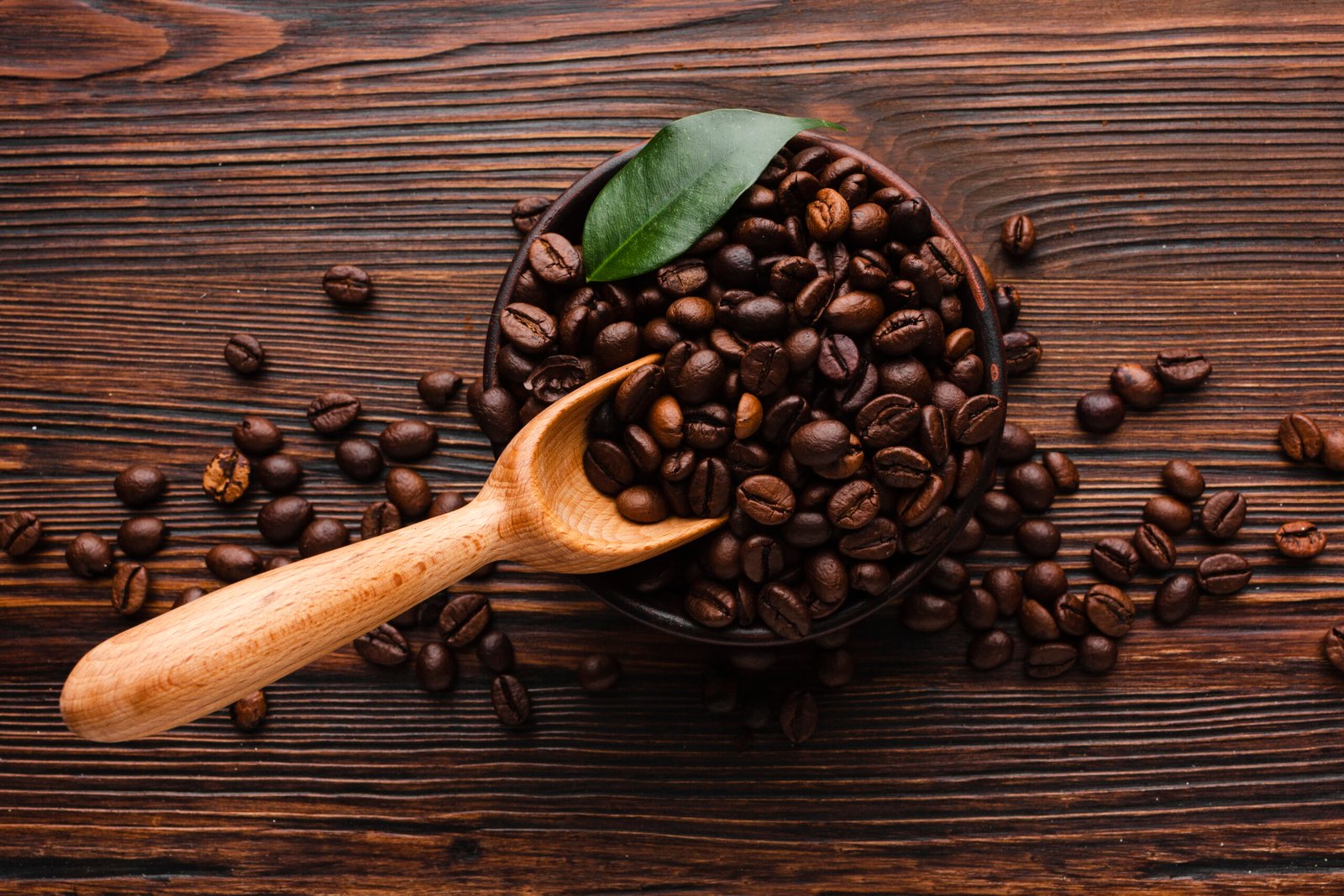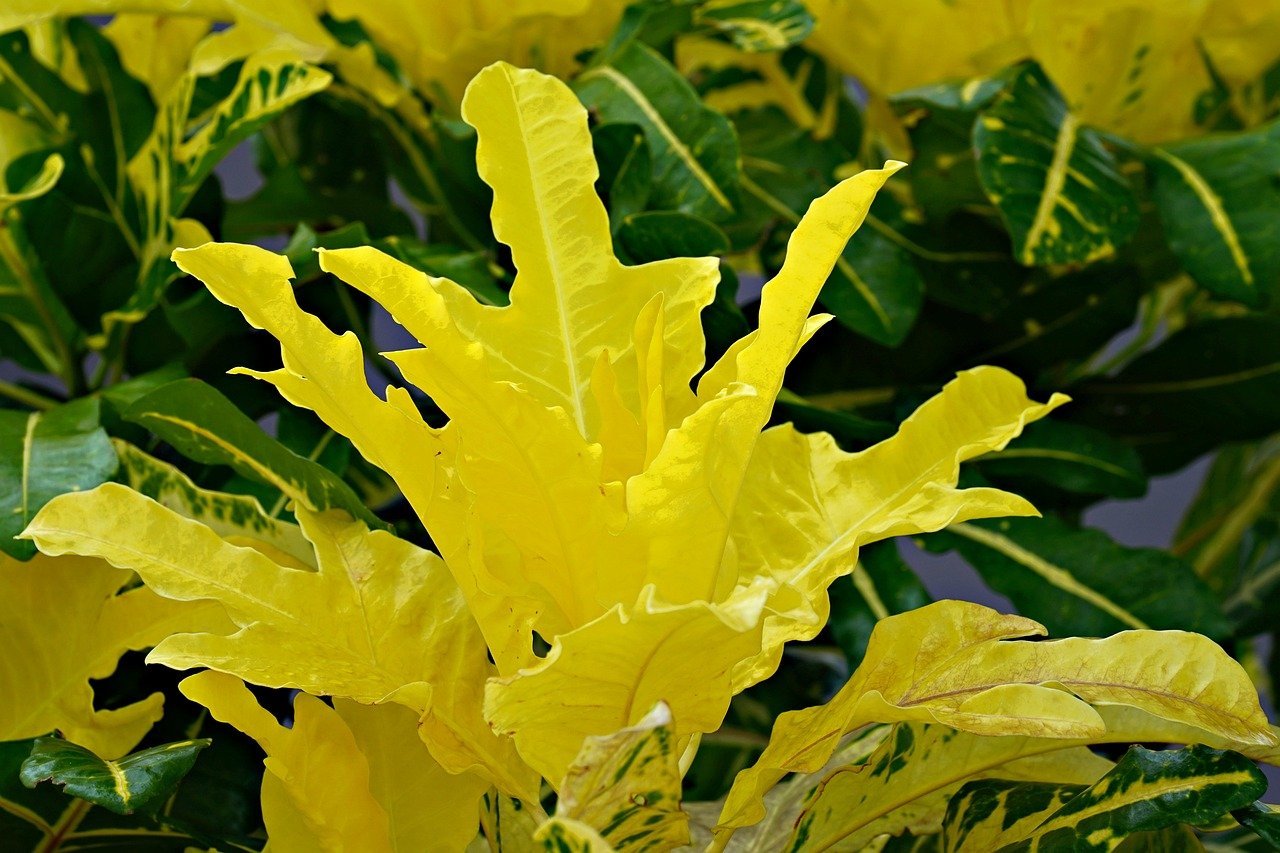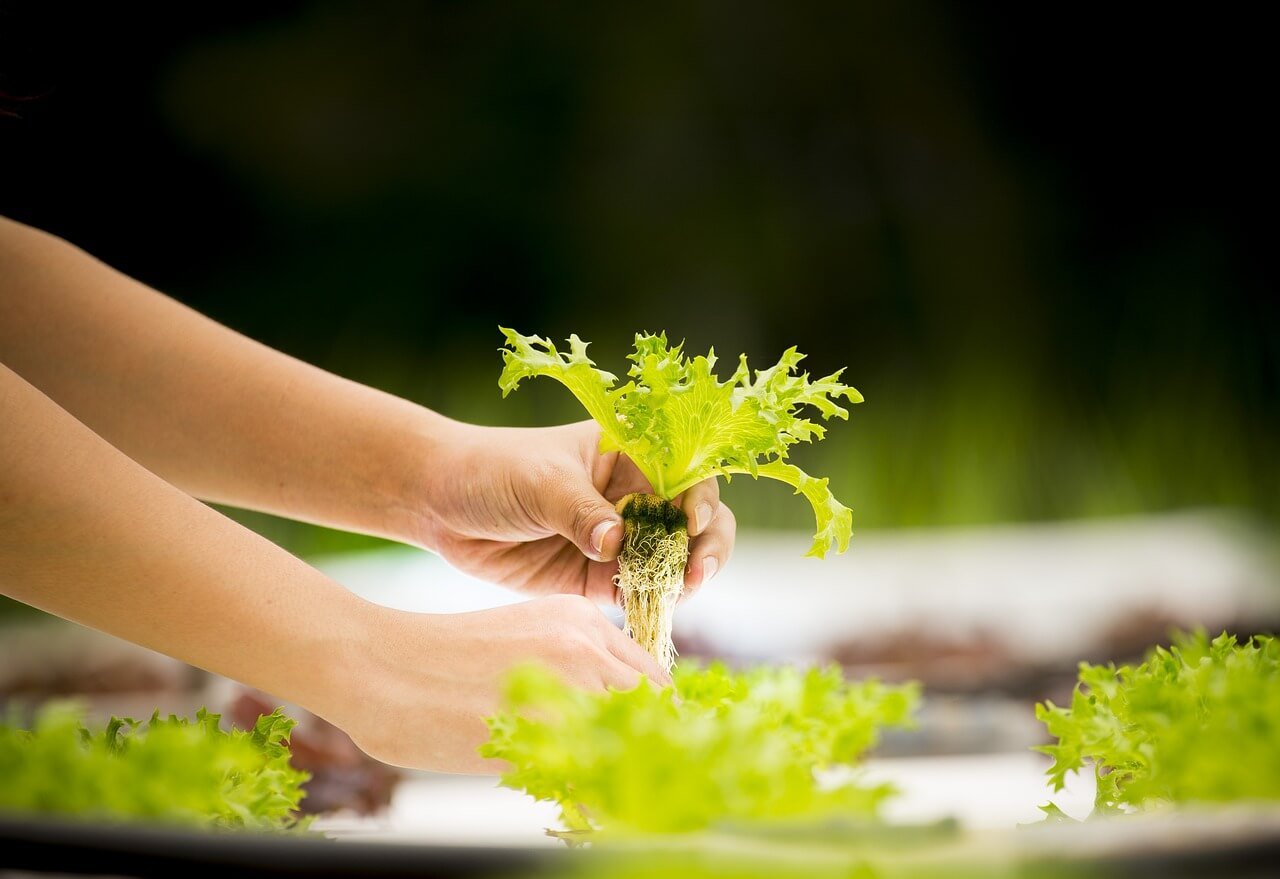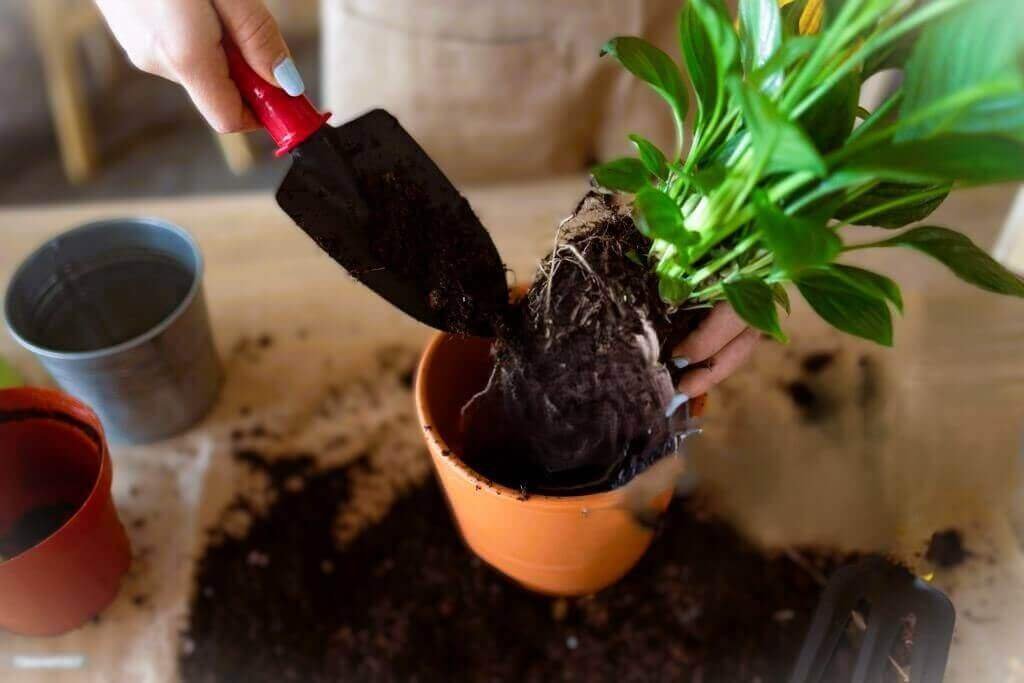
Everyone Should Be the Owner Of a Jade Plant
I am happy to be the Owner of some cute jade plant

Crassula ovata or Crassula argentea which commonly known as the Jade plant and its auspicious names are lucky plant, money plant, money tree, friendship tree, nick name Pachira aquatica which is native to the KwaZulu-Natal and Eastern Cape provinces of South Africa, and Mozambique. this succulent with thick glossy green fleshy leaves and thick stems that become woody with age. day by day it’s getting young and it’s relatively bushy but can take on a tree-like appearance as its nature. If you care properly this houseplant can give flowers in late winter. When cared for properly, the jade plant produces blooms with clusters of beautiful white or creamy pink flowers and can long-last when grown under the right way.
Proper care It
would be woody.
In 300 various genera, it’s just one species part of the orpine family. The meaning of the name crassula is thick or fat. Ovata is an important part of the valley thicket vegetation of the Eastern Cape and KwaZulu-Natal.Africans used the roots for food, grated and cooked, and eaten with thick milk. They also used the leaves for medicinal purposes.
Succulent that stores water in its leaves stems, and roots. When I keep them in direct sunlight for a long time the green leaves edged tinged into red but they can keep their fleshy leaves green because I know the process of watering.new stems are also green like their leaves but they turn woody as they mature.
It can be our housewarming gift:
In deep night small white or pink, star-shaped flowers spread a sweet scent that attracts bees, wasps, flies, beetles, and butterflies and pollinate the flowers which produce a small capsule filled with seeds. As a treatment for flowering, I keep them in a dry cold, and dark place, and a few weeks later I water them regularly as a result they can bloom.
Facts about Jade Plant
Name of Botanical is Crassula ovata
Sun exposure is direct sunt for indoors
well-draining, acidic succulent soil is required.
Height can be 1.5 m
can grow about 61-91 cm
In the Spring season-best time to plant.
Way to caring Jade plant:
As indoor jade plants need low maintenance, I follow some routines and ensure that the plump foliage holds onto the fleshy green.
Best Soil which I mix for My Jade plant:
I Choose soil made for succulents or mix my own with a source of organic matter like peat moss, coir, or composted bark, plus heavier materials such as sand, grit, or rock. Bark chips or perlite can be added to improve drainage. These plants prefer acidic soil with a pH of around 6.5. If the pH needs to be adjusted, I mix in 2 tablespoons of limestone for every gallon of growing medium.
My Process of Watering:
I water my Jade after the soil test if the soil is wet I do not pour water but before the soil gets hard I pinch the soil if it does not easily I water my plant. It should be noted that spread water on the leaves of Jade. Succulents store water in their fleshy leaves and stems, they do not require as much irrigation as other houseplants. I do not overwater my plant otherwise its roots would rot and fungus could be affected, leaves turn yellow and start to drop.
During their growing period from early spring to late autumn, water jades so the soil is moderately moist but not soaking wet. When the plant is out of the growing phase, reduce the amount and frequency of water given.
On the other hand, too little water can result in dwarfed plants, leaf spotting and drop, and even death of the entire plant. If your jade plant is losing leaves or has leaf spots, this is most commonly caused by too little water.
Fertilizing:
If the soil is dry you should not fertilize directly It would harm your plant as this will damage the roots. Fertilize every other month to every two months with a flowering houseplant fertilizer during their growing phase from early spring to late autumn.
Use a balanced water-soluble fertilizer. Water normally, then immediately water again with fertilizer. Wait four months before feeding plants that have been recently repotted.
Repotting:
It is the best idea to use sturdy clay or ceramic pots because the plant would be heavy and when root-bound It can stay their longevity years after years. Every two to three years plants need to repot.
Problem-solving:
Red edges on the leaves appear when the plant is exposed to high light levels. This is nothing to worry about.
Yellow leaves are probably due to overwatering. Reduce watering and don’t let the plant sit in sodden compost – always let it drain away afterward.
Older leaves will shrivel and drop off naturally, but if lots of leaves are dropping from your plant, it’s a sign that it’s under some stress. It may have been moved to a different spot – if this is the case, try acclimatizing it gradually. It may also have been over- or underwatered. Check your watering regime and adjust accordingly.
Shriveled leaves are a sign of underwatering. Give your plant a small amount of water daily – the leaves should soon plump up again.
If your plant has become leggy, it’s probably not getting enough light. Move it to a brighter spot.
You may spot mealybugs on the foliage. Look out for insects that look like white, fluffy blobs on the undersides of leaves. Wipe them off with a damp cloth or cotton bud soaked in an insecticide containing fatty acids or plant oils.
Raised brown spots on the leaves could be scale insects. Wipe them off with a damp cloth or cotton bud that has been soaked in an insecticide that contains fatty acids or plant oils.
If the leaves and stems of your plant are covered in fine webbing, this could be spider mites. The upper surface of the leaf may be mottled, while mites and eggs can be seen with a magnifying glass on the undersides of leaves. Treat with a spray containing fatty acid or plant oils.
About Author
I am an experienced indoor gardener working happily
and successfully in this sector for about five years.
Thank You

